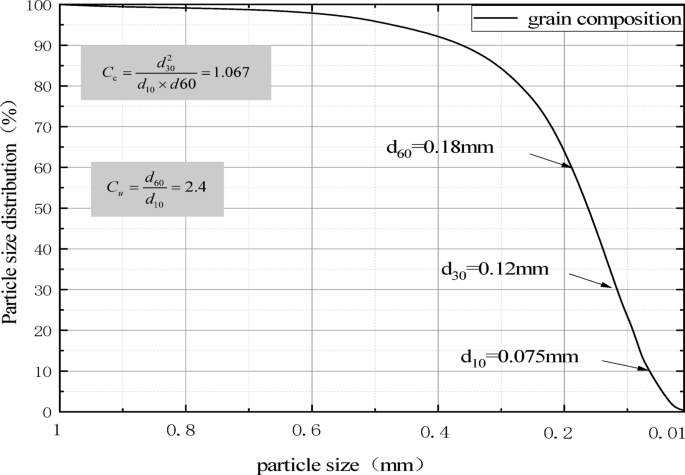Analysis of PIV test results
This text describes the flow field structure of liquefied powder soil under three different rotational speed conditions, namely, the particle migration streamline (indicated by black lines in the figure) and the pore…

This text describes the flow field structure of liquefied powder soil under three different rotational speed conditions, namely, the particle migration streamline (indicated by black lines in the figure) and the pore…

Yan, J. et al. Parasites and predators of forest pests (China Forestry Publishing House, 1989).
Ayasse, M., Paxton, R. J. & Tengö, J. Mating behavior and chemical communication in the order…
This request seems a bit unusual, so we need to confirm that you’re human. Please press and hold the button until it turns completely green. Thank you for your cooperation!

Although Mars has an extremely thin atmosphere, it still experiences powerful winds that play a major role in shaping the planet’s climate and in distributing its ever-present dust. These winds stir up dust into swirling columns called dust…
This request seems a bit unusual, so we need to confirm that you’re human. Please press and hold the button until it turns completely green. Thank you for your cooperation!

Carnegie Mellon University (CMU) Associate Professor Sufei Shi has been awarded a $1.3 million grant over five years from the Gordon and Betty Moore Foundation to pursue research goals focused on quantum simulation. The funding, part of the…

Astronomers have observed a primeval star that they believe to be the most “pristine”…
This request seems a bit unusual, so we need to confirm that you’re human. Please press and hold the button until it turns completely green. Thank you for your cooperation!

An international research team, using a worldwide network of radio telescopes, including the U.S. National Science Foundation National Radio Astronomy Observatory (NSF NRAO) U.S. National Science Foundation Very Long Baseline Array (NSF…